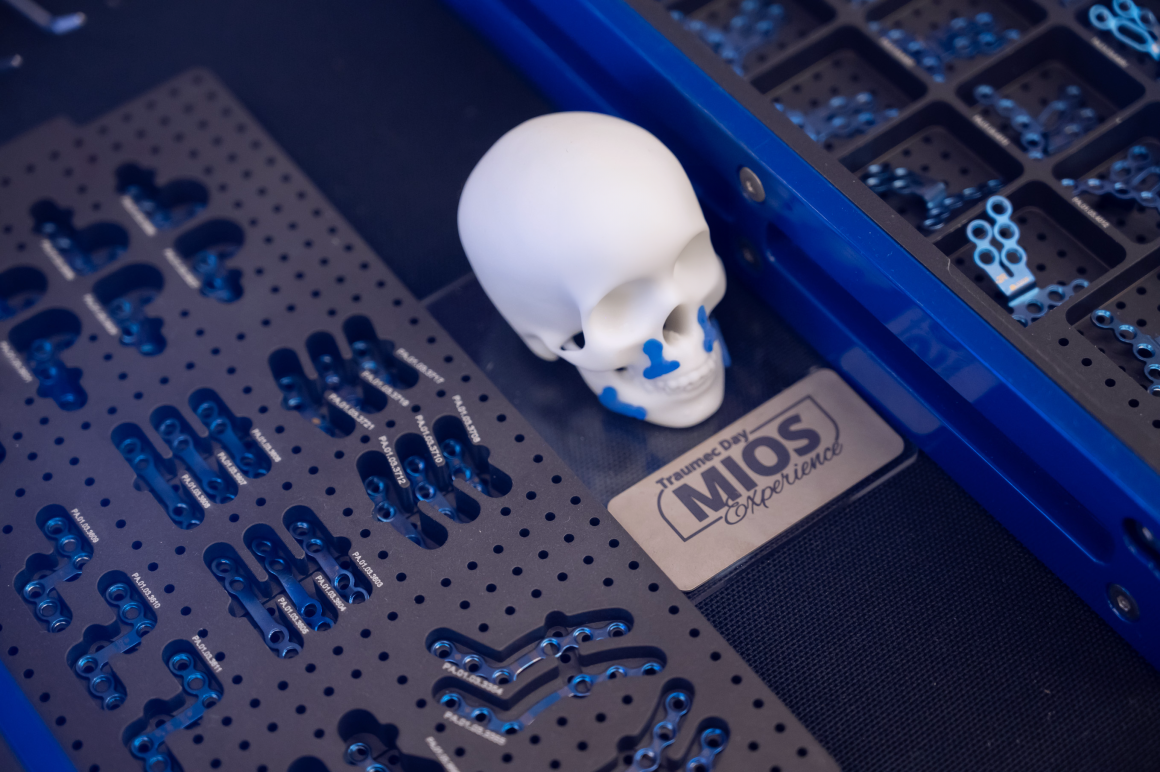Orthognathic surgery, traditionally known for its invasive procedures to correct jaw and facial deformities, has undergone significant advancements with the integration of minimally invasive techniques. These modern approaches aim to enhance both functional and aesthetic outcomes while reducing patient recovery time and surgical risks.
Understanding Minimally Invasive Orthognathic Surgery
Minimally invasive orthognathic surgery focuses on performing procedures through smaller incisions, minimizing soft tissue dissection, and utilizing advanced technologies to improve precision. The primary goals are to reduce tissue trauma, minimize bleeding and swelling, and promote faster healing.
Key Techniques in Minimally Invasive Orthognathic Surgery
- Endoscopic Assistance: The use of endoscopes allows surgeons to visualize deep anatomical structures through small incisions, reducing the need for extensive tissue exposure. This technique enhances precision and minimizes scarring.
- Piezoelectric Instruments: These tools utilize ultrasonic vibrations to cut bone without damaging surrounding soft tissues, leading to more precise osteotomies and reduced postoperative discomfort.
- 3D Surgical Planning: Advanced imaging and computer-assisted design enable precise preoperative planning. This approach allows for the creation of custom surgical guides, ensuring accurate bone cuts and optimal alignment.
Benefits of Minimally Invasive Approaches
- Reduced Recovery Time: Smaller incisions and less tissue disruption lead to quicker healing and a faster return to daily activities.
- Enhanced Precision: Technologies like 3D planning and piezoelectric instruments improve surgical accuracy, resulting in better functional and aesthetic outcomes.
- Minimized Scarring: Intraoral incisions mean scarring is hidden within the mouth, leading to no visible external scars.
MIOS: A Pioneering Approach
At MIOS, the minimally invasive orthognathic surgery procedure exemplifies the fusion of traditional orthognathic surgery with minimally invasive techniques. This advanced method enhances facial structure and dental occlusion by combining:
- Mandibular Contouring: Refining the jawline to achieve a balanced and harmonious facial appearance.
- Virtual Surgical Planning: Utilizing specialized software to simulate each movement during surgery, allowing for the creation of bespoke surgical templates with millimetric precision.
- Intraoral Incisions: Ensuring that all cuts are made inside the mouth, resulting in invisible scarring.
This comprehensive approach not only corrects functional issues like bite misalignment but also addresses aesthetic concerns, providing patients with a holistic solution to facial and jaw deformities.
Conclusion
The future of orthognathic surgery lies in minimally invasive techniques that prioritize patient comfort, reduce recovery times, and enhance surgical outcomes. Procedures like orthognathic surgery represent the forefront of this evolution, offering patients effective solutions that blend functionality with aesthetic appeal.
For more detailed information on Minimally Invasive Orthognathic Surgery visit our academy page.


Leave a Reply